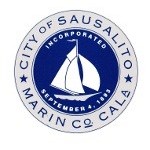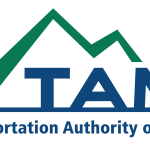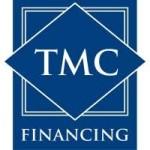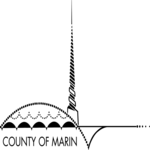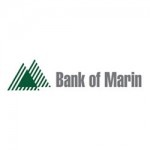Managing Marin County as a Destination
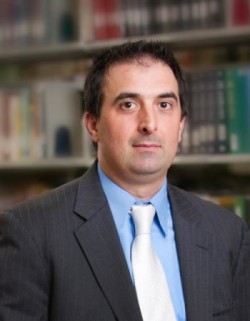
There are three types of “residents” in Marin County. Those that own a home or rent here in Marin County we directly call residents. The second are in-bound commuting workers, those that spend a large amount of their lives working for an employer in Marin County but live in another place. Finally, those that visit Marin County, for business, shopping or pleasure, “live” in Marin County while here, especially if they stay overnight.
These three categories define the universe of possibilities for everyone in Marin County, from those that you see in local restaurants, local retail stores, parking their car, to walking on the street. Commuting workers are both a lament and luxury for Marin County. The lament is that traffic is heavy one-way in the morning and in the opposite way at night and creates additional traffic on Marin County roadways during the work day. The luxury is that a relatively low-cost workforce comes from elsewhere seven days a week to and from Marin County and provides many services, which residents, tourists, and other workers in Marin County utilize every day. Visitors create another set of people to demand local resources alongside of local workers and residents.
Like residents and local workers, visitors to Marin County need to be welcomed. From a business standpoint, getting those visitors from place to place and providing complementary options to generate revenue is a key ingredient to managing the flow of visitors. Sonoma and Napa counties provide natural magnets for tourism from the greater Bay Area and all points of the world. Sonoma Raceway provides a draw on race weekends. Multiple events, from sports to Fleet Week to the Bay to Breakers race, bring visitors southbound through Marin County to San Francisco every weekend. Marin County acts as a natural connection to hundreds of millions of dollars of income from tourism landing at points in all land-specific directions.
West Marin provides Marin County’s dominant destination. Those communities are a mix of beach communities, farmers, and residents that have visitors coming to them for different reasons, for different lengths of time, and congregate in places like Point Reyes Station, Tomales, Stinson Beach, and other communities along Highway 1. Other communities, such as Fairfax, San Geronimo, Bolinas, Inverness, act as gateways or more isolated communities that live on visitors or actively resist them. Long-standing statements from West Marin include a big one: more tourists change the social and environmental side is how visitors change the local community for the worse. But, seeing the glass half full, could we not ask how can visitors help fund the social and environmental stability of the communities they visit?
It is in destination management that long-term visitor strategies can be formed. Destination management, to me, is the use of partnerships and strategies to optimize the economic, social and environmental gains from visitors. Such partnerships and strategies “manage” visitors, which are not going to stop coming, and supports communities and local businesses that serve permanent residents when tourism slows down. Sausalito is a living case study in the long-term juxtaposition of residents, workers and visitors every day of the week, all year round.
The state of California tracks tourism spending in all 58 counties, where projections are performed by Dean Runyan Associates. Recent data tell that Marin County has seen growth of tourism spending every year since 2011, about 4.3 percent growth on average and a total of $834 million in 2014. In contrast, Napa County generates about $1.2 billion in tourism spending, Sonoma County generates $1.6 billion, and San Francisco generates $11.8 billion. Looking at the $2.8 billion generated in Sonoma and Napa counties, five percent of that number is $140 million. Could Marin County find ways to generate an additional $140 million that may naturally come up Highway 101 toward wine country?
When managing any business, leadership needs to be aware of assets in place. One of Marin County’s assets is the Marin Center. Under the leadership of Gabriella Calicchio, the Marin County Fair is set for 2015 and plans are underway to consider this space strategically. This is a key idea, where strategic considerations are about partnerships and competition and where the Marin Center lies inside that matrix of destination possibilities. Such planning is coming.
As another tourism season opens at full-strength, and the Bay Area economy continues to bristle, Marin County will see more tourism for its destinations and points around it grow and affect its businesses and communities. Destination management is a concept at the core of Marin Economic Forum’s four-legged stool of community development: balancing between economic vitality, social equity, environmental balance, and education. Marin Economic Forum has been active in facilitating more strategic thinking about visitors since its inception. Please help organizations such as Marin County Visitors Bureau, West Marin Chamber of Commerce, and the Marin Center do this work.



